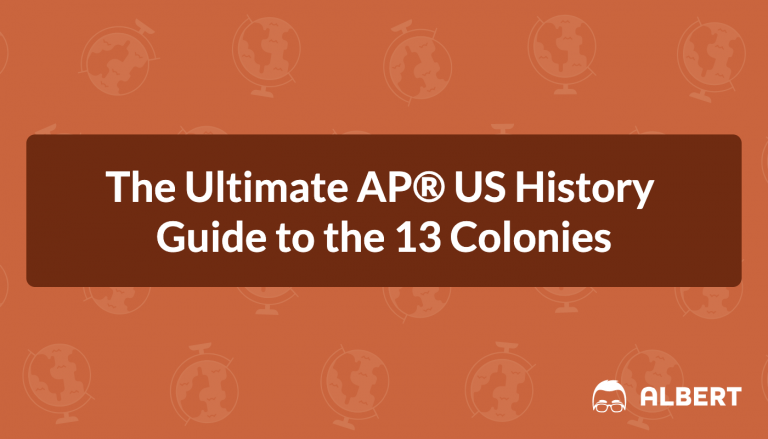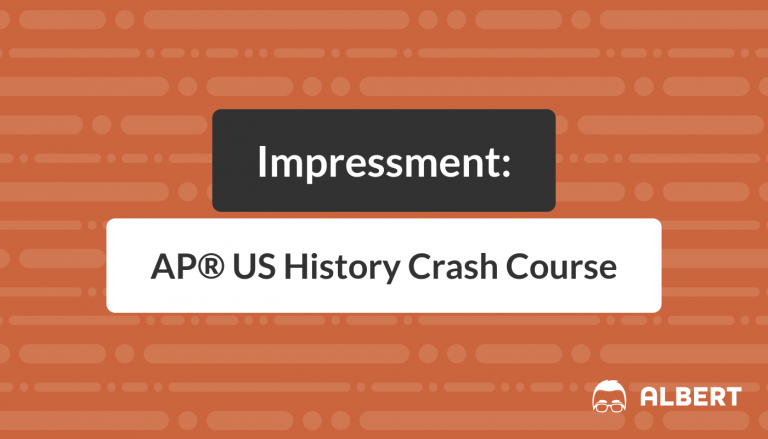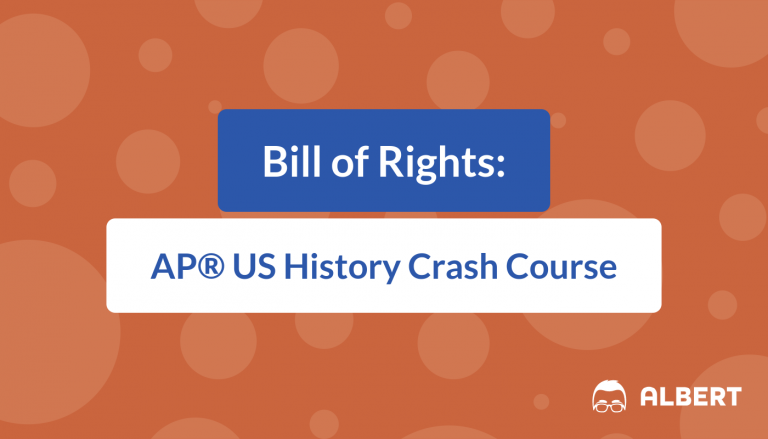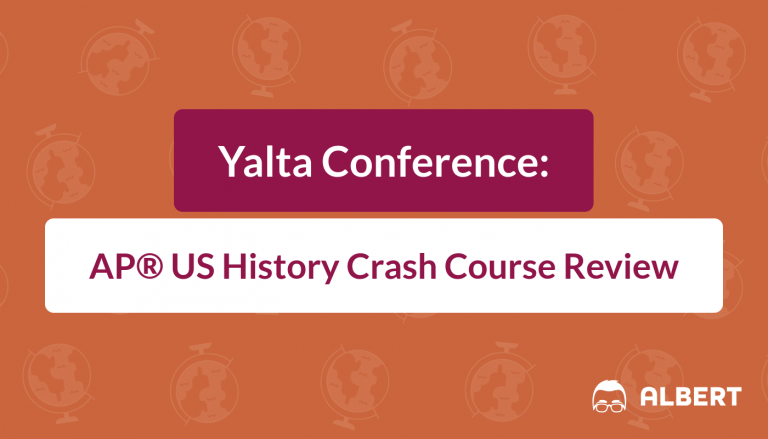The redesign (and re-redesign in the second year) has brought a great deal of uncertainty and confusion amongst APUSH teachers. In many ways, we are all “rookie” teachers, as all of us have the challenge of implementing fundamental curricular and skills-based changes into our classrooms.
One of the more significant changes is to the structure of the major essays on the AP® exam, the Document Based question (DBQ) and Long Essay Question (LEQ). The rubrics for the essays were previously a more holistic essay that combined a strong thesis, and use of documents (for the DBQ only) and outside information. This has been transformed into a much more structured and formulaic skills-based rubric. The change has led to a healthy debate about the pros and cons of both types of essays, but in general the core of the essay has remained the same: write a thesis and support it with evidence in the form of documents (for the DBQ only) and outside information. If students do this basic writing, they are likely to earn 3-4 out of the possible points (six total points for the Long Essay Question, seven total points for the Document Based Question).









